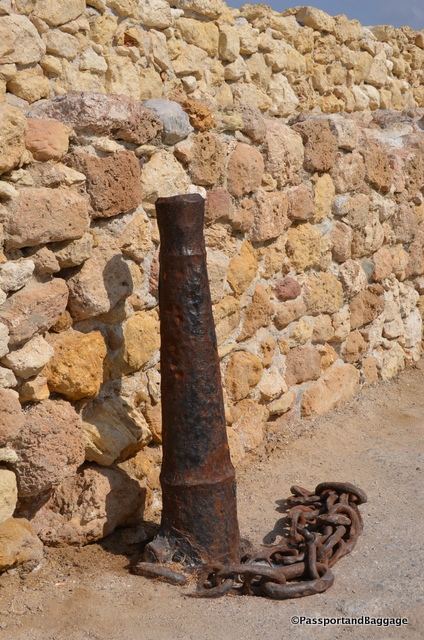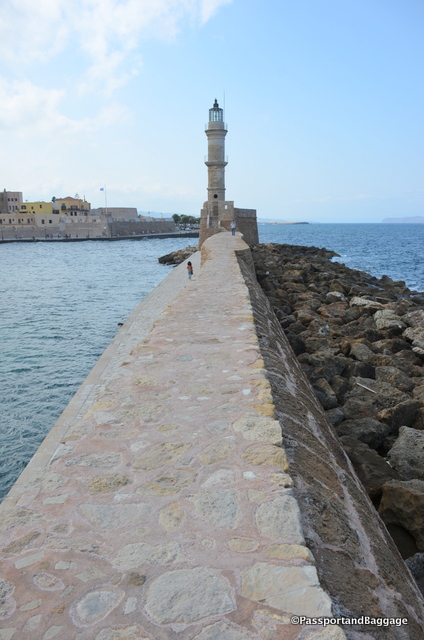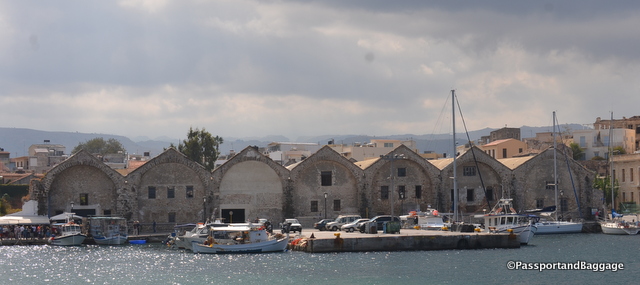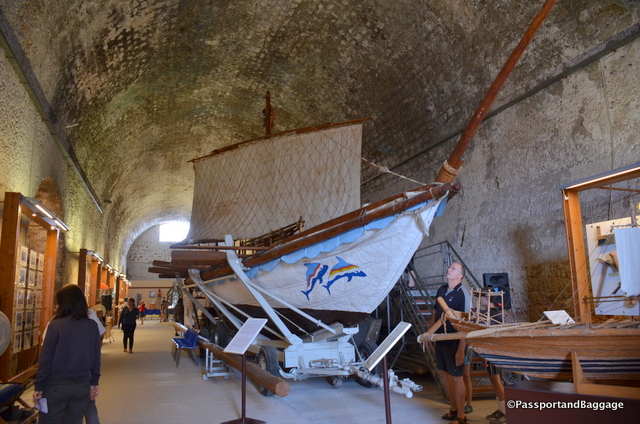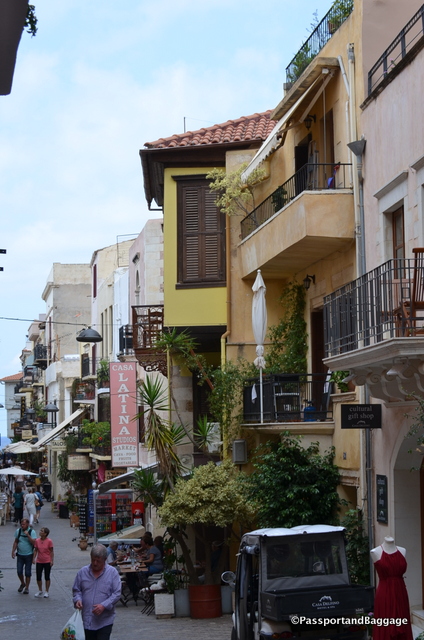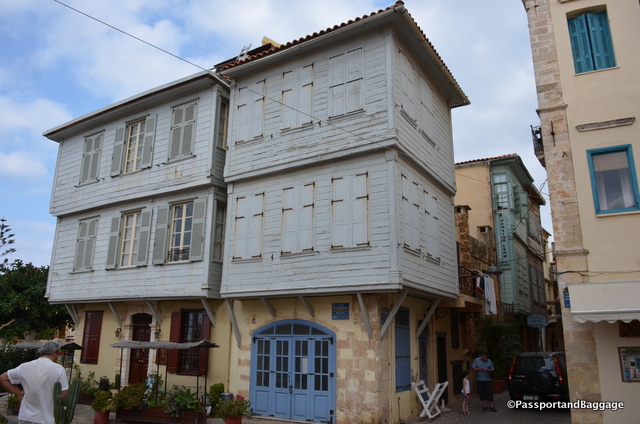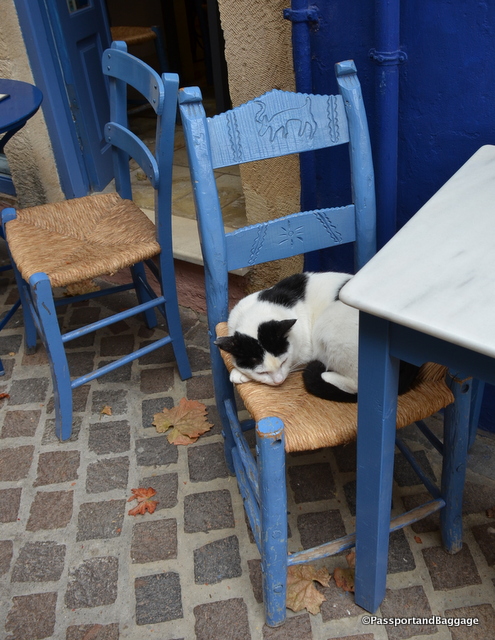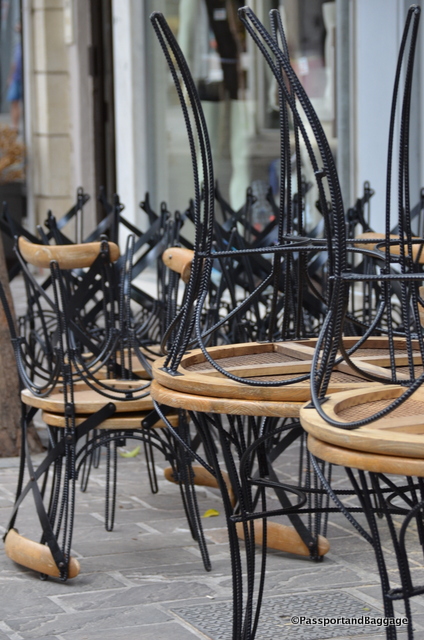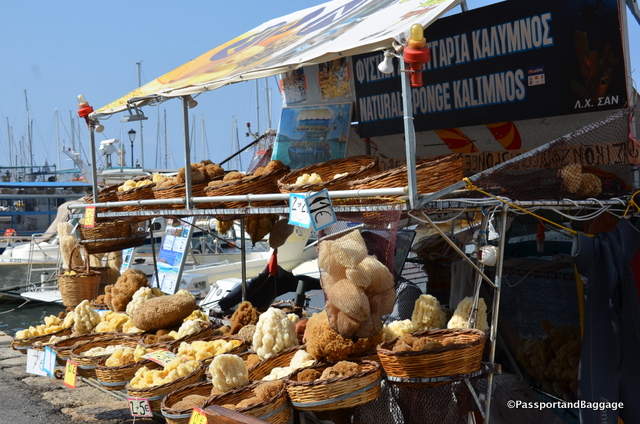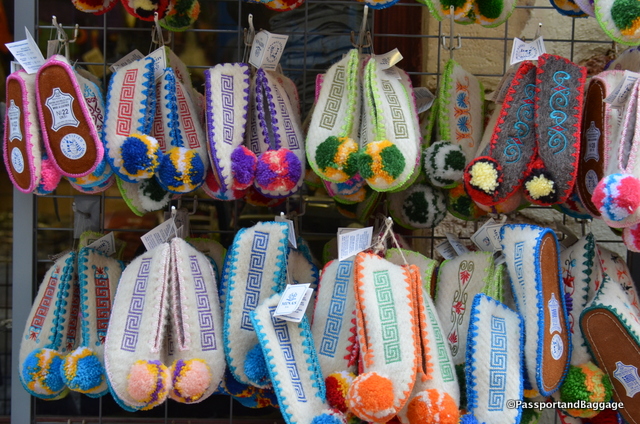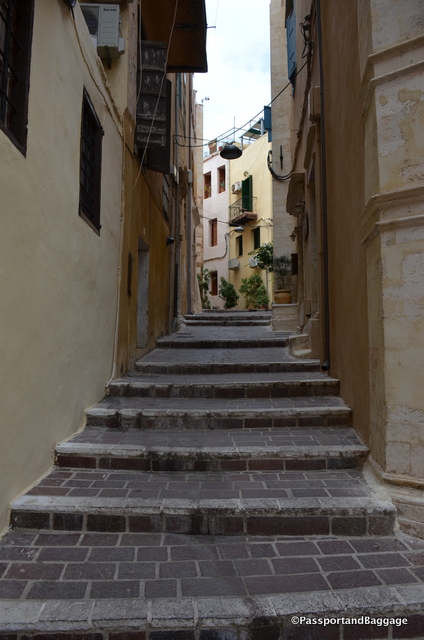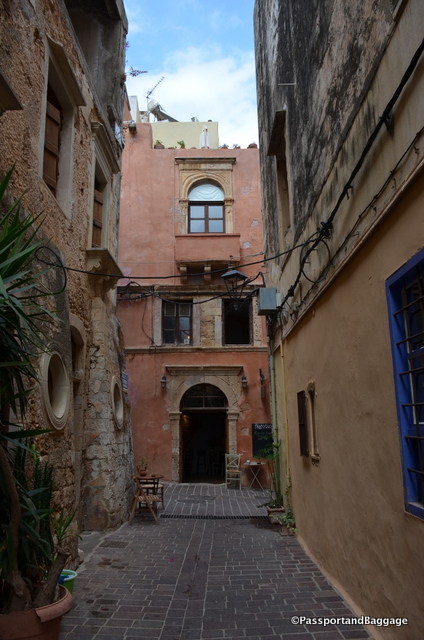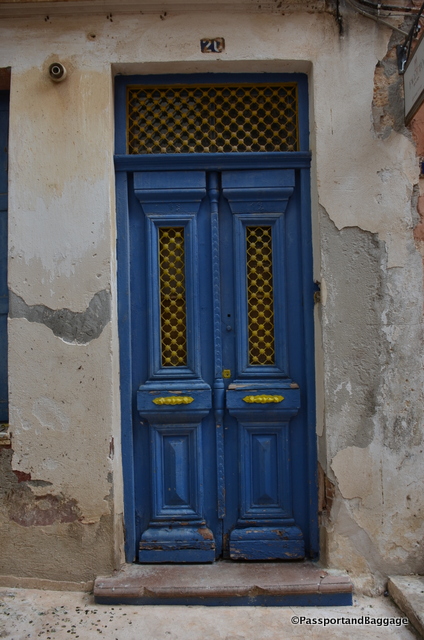October 17, 2016
Chania, Crete is a fascinating city with an equally fascinating history. It is a large city with an old town, Kasteli, that sits on the water with its narrow streets, hotels, restaurants and classic tourist perfect village, and I mean that in a good way.
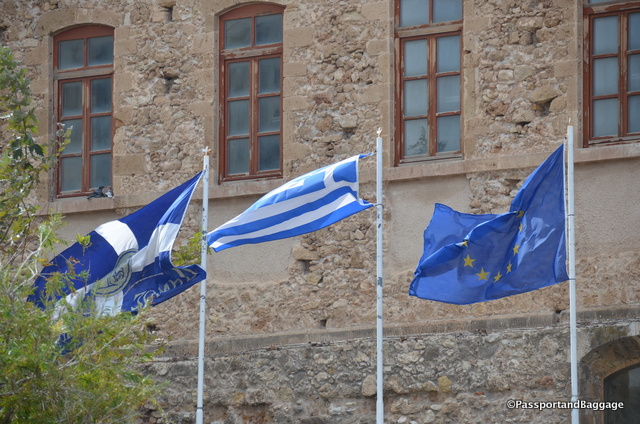 Originally a Minoan settlement, the area around Kasteli has possibly been inhabited since the Neolithic period.
Originally a Minoan settlement, the area around Kasteli has possibly been inhabited since the Neolithic period.
The first major wave of settlers from mainland Greece was by the Dorian Greeks and the town was important enough to be mentioned in Homer’s Illiad.
The city continued to thrive through the Byzantine period (324-823 AD) and during the 1st century Christianity began to spread. In 821-961 AD the city fell into the hands of the Arabs, though history is not very clear about this time, it has been described in texts as being a very dark period of history.
After the Fourth Crusade in 1204 Crete was given to Bonifacio, Marquess of Montferrat. He chose to sell it to the Venetians for 100 silver marks. However, in 1263, the Genoans seized the city and held it until 1285, when the Venetians returned.
The Venetian rule was initially strict and oppressive but slowly the relations between the two parts improved. Contact with Venice led to close intertwining of Cretan and Venetian cultures, without, however, the Cretans losing their Greek Orthodox nature.
The Ottoman army took the city in 1645 after a two months’ siege. In 1821, the Greeks rose up against the Ottoman Empire, and obtained independence shortly thereafter. There was no Muslim population left after the population exchange between Greece and Turkey in 1923.
Another important and dark period for the city of Chania was the invasion and occupation by German forces during World War II. Part of the city was bombed and a significant proportion of the area’s population was either executed or imprisoned due to their participation in the resistance. The Jewish community of Chania was annihilated during the German occupation. In 1944, most were transported off the island by the Nazis, when tragically a British torpedo sank the ship that was carrying most of the prisoners.
The Chania lighthouse, is the most photographed sight in the city and is one of the oldest lighthouses in the world. It was originally constructed by the Venetians around 1595 – 1601, and it took its final form, in the shape of a minaret, during the Egyptian Period (1831 – 1841) in around 1839. In 2006 it was restored on its Venetian base, keeping the minaret look. The lighthouse is no longer operational.
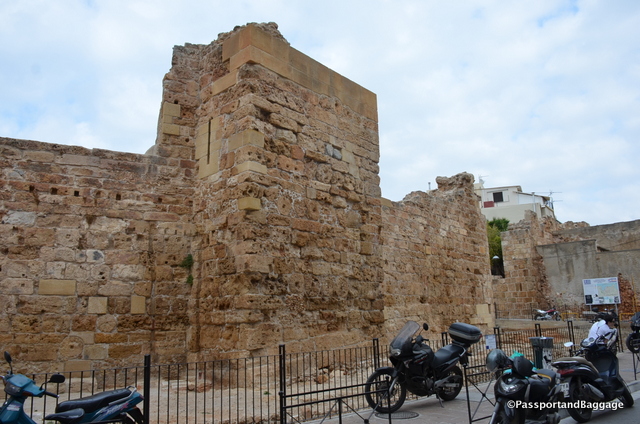
Walls surround the old portion of Chania. The Byzantine wall was built in the 6th and 7th century AD on the foundations of the Hellenistic walls to protect the town from Arab raids.
Three centuries into the Venetian occupation (1205-1669) the threat from the Ottoman Empire was growing and prompted the Venetians to build massive fortifications around the towns of Heraklion, Rethymnon and Chania. The building of the Chania fortress by the military architect Michele Sanmicheli began in 1538 and took around 20 years to complete. The fortifications were over 65 feet tall and angled at 20° in order to make cannonballs ricochet off.
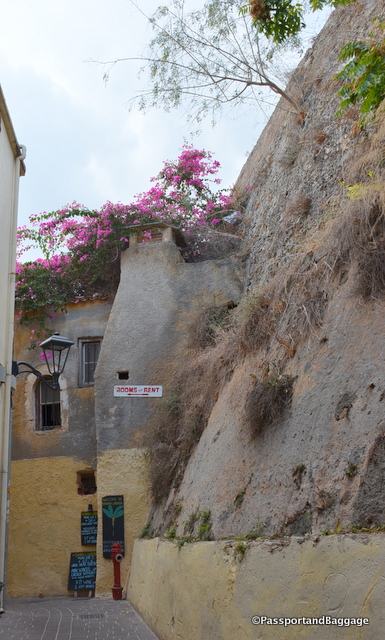
When the walls were constructed to encompass the wider area of the town the older walls became useless, resulting in their being turned into dwellings.
In response to the rising Turkish threat, the Venetians built these shipyards between 1526 and 1599 in order to maintain their growing naval fleet. The northern part of the shipyards actually opened to the sea. During the Turkish domination they fell into disrepair and only 7 of the original 17 still exist, obviously with modifications.
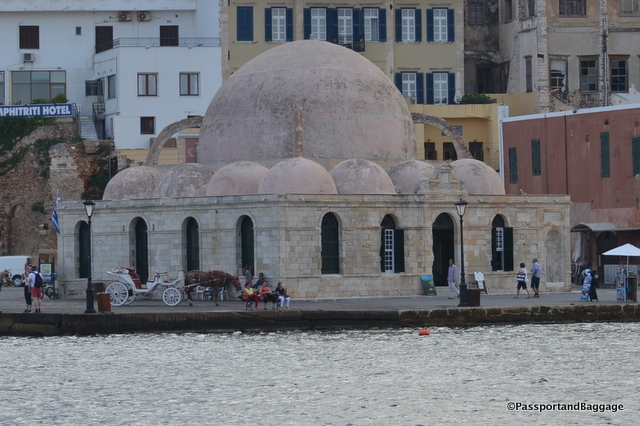
This old Ottoman mosque, Giali Tamizi, sits right on the harbor and now serves as an exhibition and cultural space.
Theotokopoulou Street is one of the few streets that survived the bombing of WWII. A good number of Venetian buildings still exist, but the Turkish wood ones are the ones that really caught my eye.
Here are a few random shots taken throughout Kasteli:
Recommendations:
Hotel Palazzo Duca. The location is amazingly convenient, and the rooms are first rate. This is seriously the best night sleep I have had in weeks. A word to the wise. The town shuts down its streets to traffic beginning at 11:00 in the morning, so if you are coming in after that, just know you are going to have to take your luggage from your car to the hotels via their little wheels and your biceps.
Parking is really difficult in this town. There is free parking near the water, but it is jammed, we lucked out with a car pulling out as we were passing by, but I have watched others sit for quite a while, to say nothing of the crazy parking you see because the situation is so poor. I recommend you take a cab from the airport, and go back for your rental after your visit to Chania.
Restaurant that is a must: Salis. The service is impeccable and the food is modern and yet Greek. A great find very near the Maritime Museum. Here is a description from their website, and I could not have said it better: A chic alternative to its neighboring taverns, Salis takes an innovative turn on traditional Cretan gastronomy. The dishes are modern yet nostalgic, lavishly showcasing nature’s menu. We pride ourselves on choosing only the finest ingredients, sourcing true local produce from the region to enhance the unique flavors Crete has to offer. An artistic and unique dining experience, the calming sea and comforting aromas are sure to stimulate the senses.




